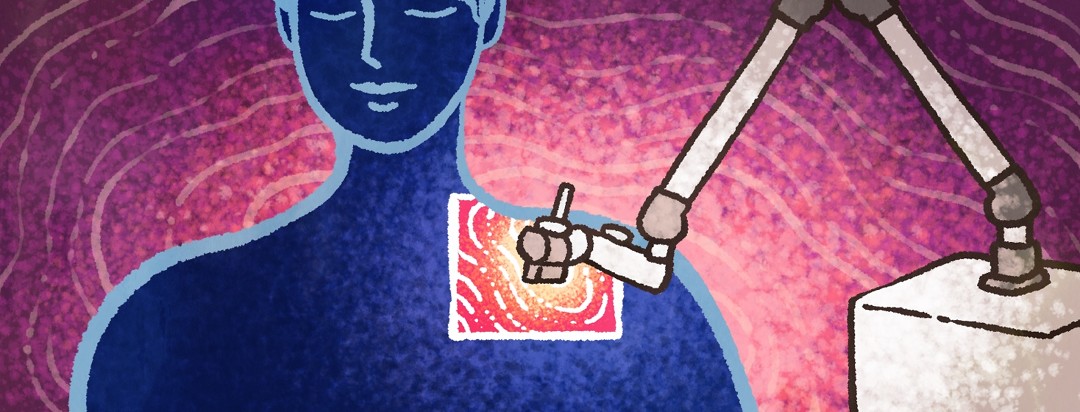What Is Superficial Radiation Therapy?
Radiation for skin cancers is a superficial (skin deep) dose of radiation that destroys the cells in non-melanoma skin cancer.
Who can be treated with radiation?
Eligibility for treatment using radiation is, as always, determined by your dermatologist. Not all skin cancers respond to radiation. The skin cancers that are “sensitive to radiation” are typically basal cell carcinoma and squamous cell carcinoma.
Radiation is a great alternative treatment choice for patients who are not surgical candidates. There is no anesthesia, no cutting, no stitches, no down-time, no scarring and no need for post-treatment reconstruction.
How does superficial radiation therapy work?
Radiation treatments deliver a total dose of radiation that destroys the skin cancer. The large prescribed dose is broken up into “fractions” that deliver smaller amounts of radiation that disrupt the DNA of cancerous cells, but not so much radiation that the healthy skin cells can’t repair from. These treatments are done 1-3 times per week until the dose prescribed by the doctor has been reached and the skin cancer has been eliminated.
What is the cure rate?
I, personally, work with the SRT-100 by Sensus Healthcare. This specific machine boasts a cure rate of 98.7%, similar to that of Mohs micrographic surgery. Personally, I have treated over 600 skin cancers and our cure rate is even higher.
What areas of the body can it be used for?
Radiation can be used on nearly any location on the surface of the body. It works especially well for the treatment of the face, lips, ears, scalp, neck, hands, arms, and legs.
Will the radiation harm the rest of my body?
No, it will not. We use “cones” that are attached to the end of the machine and they direct the radiation straight down in the chosen size. The skin around the cancer is protected with a custom lead shield. This shield has a hole in the center that is the size and shape of the area requiring treatment. During treatment, we protect your body with a lead apron, a lead shield for your neck, as well as extra protection for your eyes.
How do you know the skin cancer is gone?
We are using doses that have been proven to be adequate in eliminating skin cancers. We do NOT re-biopsy the site after treatment has been completed (unless the patient insists, of course). We use this treatment method as a non-scarring option and an additional biopsy would involve more cutting, which we prefer to avoid. We recommend a follow-up visit with the doctor four weeks after the last radiation treatment and, of course, skin checks on a regular basis.
When will the skin cancer come back?
If the prescription plan was followed and the overall dose was delivered to the skin cancer the cure rate is >98%. Typically, I tell patients they are more likely to have an additional, completely unrelated, skin cancer appear rather than this same skin cancer return.

Join the conversation